
Google Earth: Lat: 28°19'23.91"N
Long: 112°52'29.00"W
A moto friend has an interesting story about the place when he and his group were out of gas and water ( i.e. "lost") on the No Wimps Trail a handful of years ago....

Quote: Originally posted by motoged  |

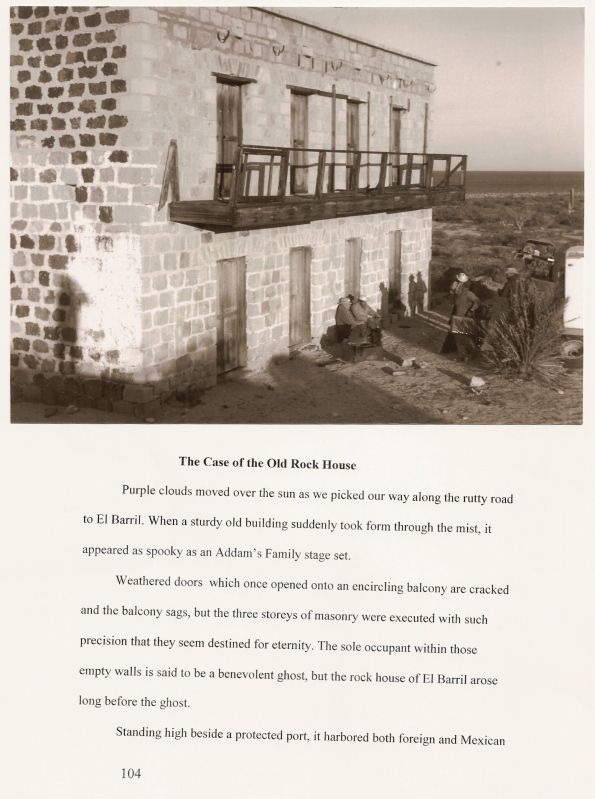
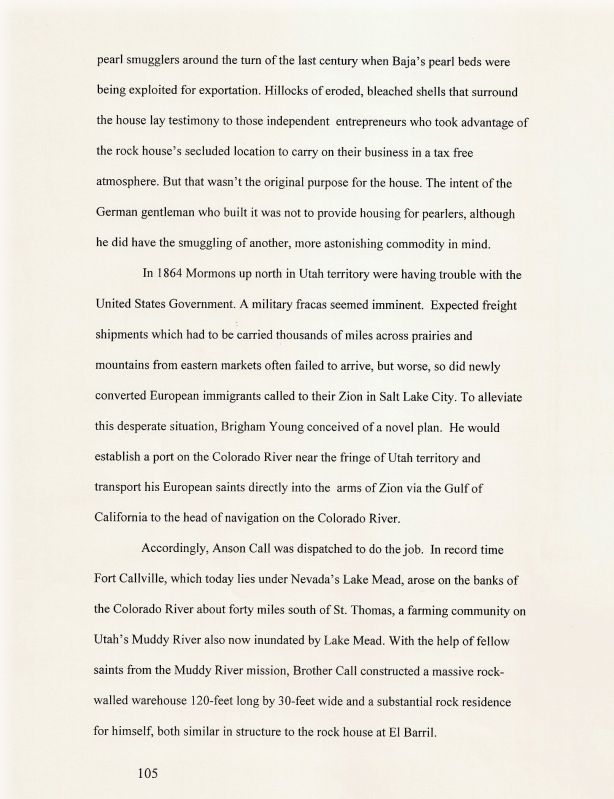
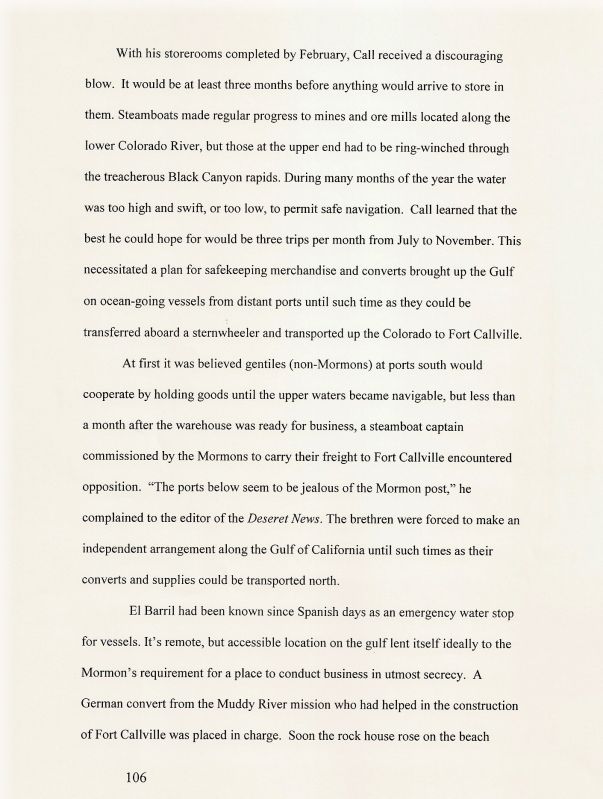
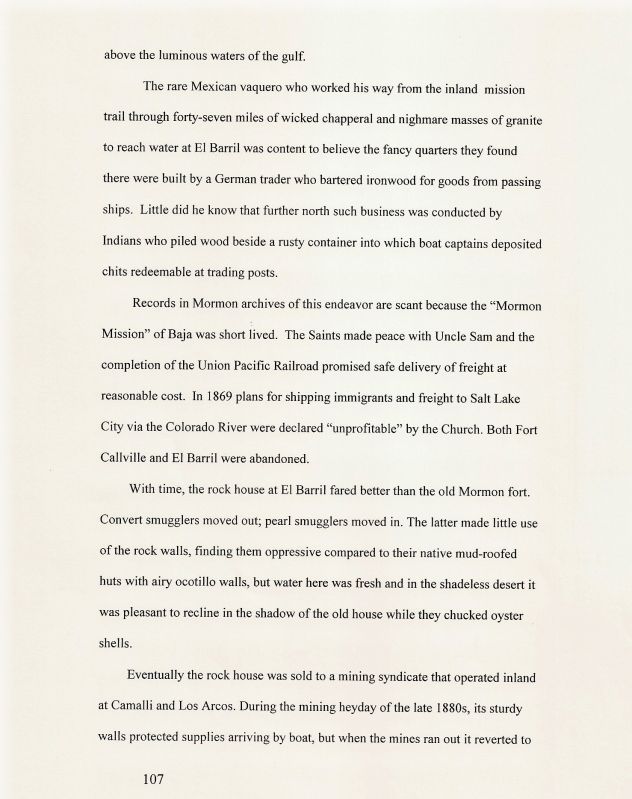
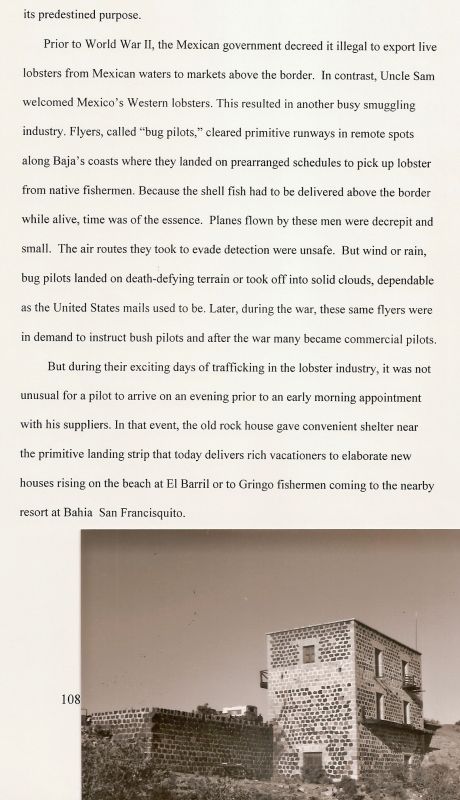
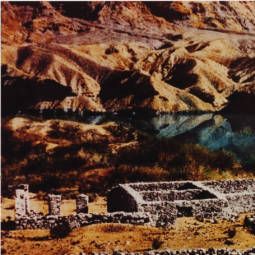
Quote: Originally posted by motoged  |
Quote: Originally posted by DirkEXC  |